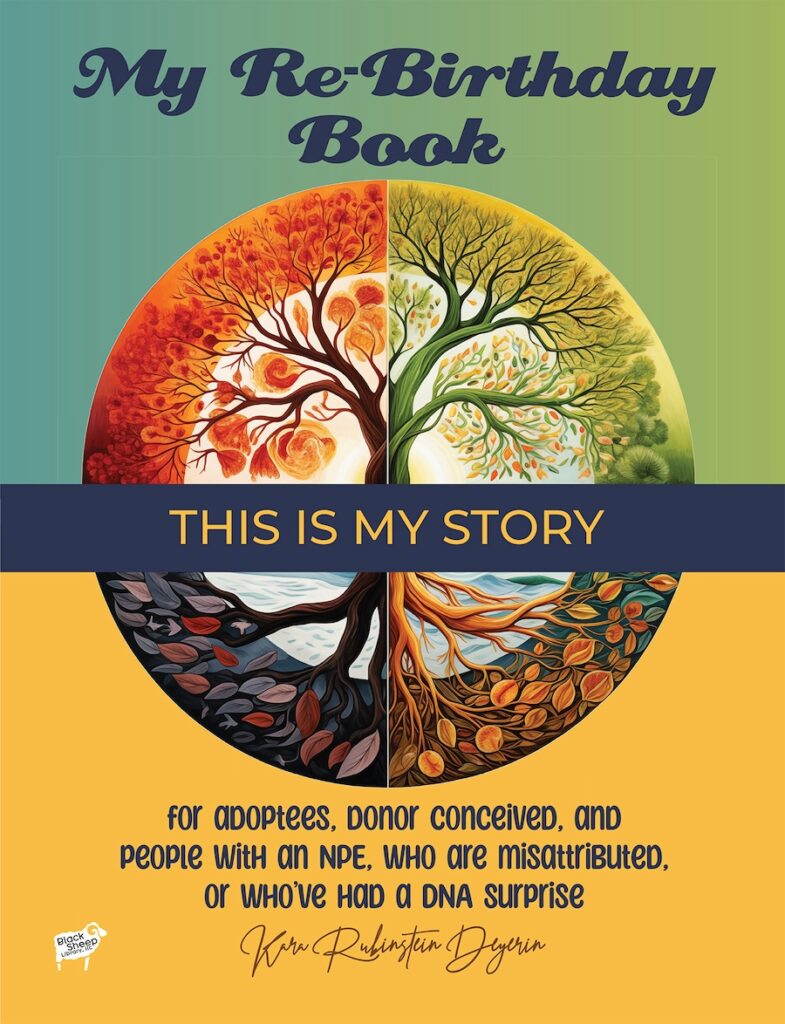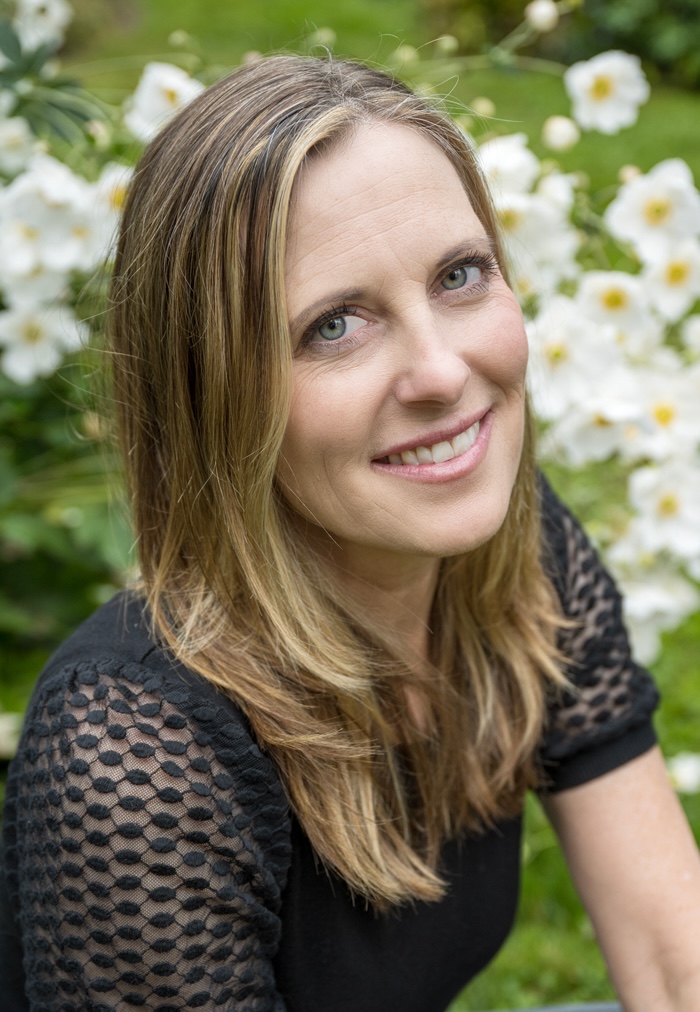By Andrew Perry
In 1912, German meteorologist Alfred Wegener published The Origin of Continents and Oceans, in which he proposed the world’s continents had once been joined in a single landmass that he named Pangaea. Wegener grounded his argument in the agreeable shape of continental coastlines, which look like puzzle pieces asking to be fit back together, and unlikely deposits in the fossil record of similar plants and animals separated by oceans too vast to swim.
Wegener’s proposal was visually intuitive and supported by a body of physical evidence, and it should have found a home among professional geologists at the time, but they rejected the idea and abandoned it for five decades. Wegener was a meteorologist, after all. Geologists didn’t consider him part of their family.
Wegener raised the single continent theory in the public mind and named it, but the idea was not his. It was the brainchild of Frank Taylor, an amateur geologist in the United States. Continental geologists might have considered Taylor a distant cousin at the time.
Neither Wegener nor Taylor could say what caused the single landmass to break apart and send the continents traveling in opposite directions. That task fell to British geologist, Arthur Holmes, who in 1944 was wise to the currents of heat and rock being exchanged underground and imaginative enough to speculate that continents move about because heated plates of rock are pushing and shoving against each other below the surface.
Today we’re accustomed to monitoring this pushing and shoving with a seismograph; the familiar instrument that diligently scrawls an uncertain pencil line through the middle of a scroll of paper until some traumatic event prompts its spidery arm to jump and scribble its alarm. The most violent pushing and shoving underground causes an earthquake, which, in movies and television, is often depicted by an equally violent seismograph line. English scientist John Milne developed the seismograph in 1893, well before we understood what caused the shaking it records. Astonishingly, the world had to wait until 1935 for American seismologists Charles Richter and Beno Gutenberg to formulate their popular scale for comparing earthquake data.
The Richter Scale assigns a number to the seismograph’s movement to measure the energy released by an earthquake. That number is helpful for comparing earthquakes, but it tells us nothing about the earthquake’s effect on the people who experience it. Only the lesser-known Mercalli Intensity Scale considers the earthquake’s effect on the people involved.
Giuseppe Mercalli was an Italian volcanologist and Catholic priest who proposed his scale to measure the effects of an earthquake on its victims. Before we infer too much about a man of the cloth placing people at the center of his scale, we should know that Mercalli adopted this approach from two men of science, Michele Stefano Conte de Rossi and François-Alphonse Forel.
Adoption is a Monster with a Long Tail
Picture a seismograph and a Mercalli scale attuned to adoption; a sensitive device to monitor adoption’s traumatic consequences and a person-centered scale to quantify its effects.
I offer this image as a way to reify adoption and externalize it; to make the experience and its consequences obvious to others. Scientific instruments and graduated scales produce an observable reality and the seismograph’s shaky line makes adoption’s trajectory visible by tediously illustrating the prolonged consequences of a preverbal memory—adoption’s long tail.
The instrument’s fragile line with its record of unseen tensions, visible eruptions, and scribbled chaos, appears to recount the faults and foibles that I am condemned to live with as an adoptee. I see myself in a line that appears to hesitate before it moves forward on an uncertain path; I feel akin to a line that gushes frantic, confidently drawn peaks and valleys when a hidden tension tries to resolve itself; and I feel especially close to a line that abruptly resumes a more economical and humble posture after such outbursts, as if embarrassed by its assertiveness and now penitent.
The chronicle that materializes in the seismograph’s measured output helps me relate the reach of adoption to non-adoptees, but the handy analogy ends here. Identifying adoption’s effects is a valuable, clinical exercise, but the machine’s protracted and linear narrative fails to articulate how it feels to live with these consequences. The emotionally charged episodes that characterize my adopted life are diluted, and their significance is muted when they appear on a timeline separated by empty space. Isolation diminishes the relatedness of these events and calls their common origin into question, undermining my ability make sense of them, and consequently myself.
The seismograph’s timely march forward also requires that events be assigned to the past, fostering a mistaken belief that events are left behind, when it is more likely they will accompany the adoptee uninvited into the future, creating a cumulative present.
Even grading these experiences on a person-centered scale has a clinical air about it. It’s like explaining that force is equal to mass multiplied by acceleration to someone who has just hammered their thumb.
A Dandelion Seed Aloft
The consequences of adoption are compounding and forever concurrent, and I experience them like my reflection in a mirror that has been smashed. Multiple images of me are displayed simultaneously from different and unusual perspectives. The resulting montage is intense and overwhelming, and it forces me to see unfamiliar selves. The fragments may constitute a new composite image, but like adoption, the damage has made an accurate picture of me impossible. The integrity of the mirror has been lost and cannot be restored. Shattered mirrors cannot be repaired; they must be replaced. If they cannot be replaced, they must be lived with.
The montage made from slivers and debris is normalized by necessity. The composite reflection is distorted but fixed, and this imperfect image becomes my only point of self-reference. My consolation is knowing the mirror has been smashed and the image is not accurate, but the price is persistent confusion and self-doubt. I have no confidence in this image that I know isn’t accurate, and no point of comparison to measure its inaccuracy.
Propelled forward by a fear of abandonment, a relentless need for acceptance, or perhaps a ghost in my DNA, I am unable to distinguish a spontaneous impulse from a calculated act of compliance for the sake of survival. I can’t differentiate between a genuine self and a false self. There is no test for self, no criteria to apply, no means to bring it forward from a blurred background. I’ve assumed the habits and words of my adopted family, my friends, and coworkers, uncritically and without regard to fit or comfort. Anything to help me overcome my sense of otherness has been hastily sewn into a busy patchwork self with no discernable pattern.
This peculiar consequence of adoption is experienced in perfect isolation and cannot be shared with the non-adoptees in my life. Similar to the unwelcome dreams I have at night, this is a private encounter, and I am irretrievably alone with it. My spouse sleeps inches away from me in our bed at night, but she does not experience my dreams with me. She cannot. Likewise, my splintered self-image and the uncertainty that results from it are mine alone.
Denied a complete and accurate picture of myself, I examine each fragment in the smashed mirror independently; not in isolation but separate from its siblings and away from their influence. I’m searching for something familiar, hoping it will comfort me with an affirmation, and confirm that a part of me is real. I stand perfectly still before the mirror and try to distinguish the accurate reflections from those distorted by the mirror’s fragmentation. I’m struggling to separate my authentic self from an image altered by the mirror. I stand perfectly still and try to disentangle myself from the consequences of adoption.
Unsuccessful, I begin to question that I have an innate self. Perhaps my self was stillborn or smothered at birth. Perhaps it was never there at all, like the biological child my adoptive parents failed to conceive. As a stand-in for their absent dream child, I am no more than an assortment of adoption’s consequences, with a self no more significant than a dandelion seed aloft.
Heading Title
Andrew Perry is an adoptee who was born in Jacksonville, Florida. A husband and father, he’s grateful for the fellowship of his backyard chickens.

